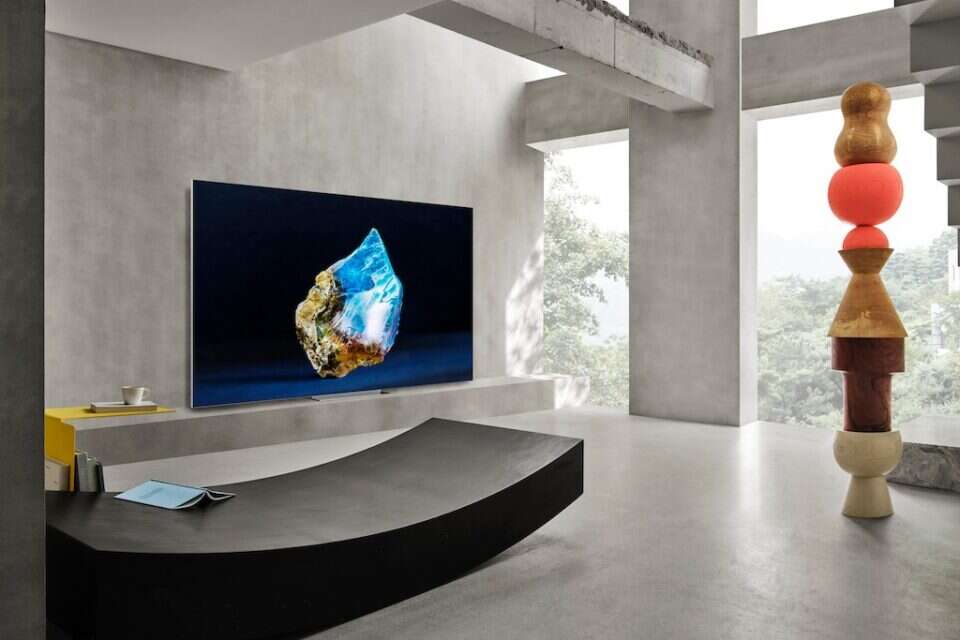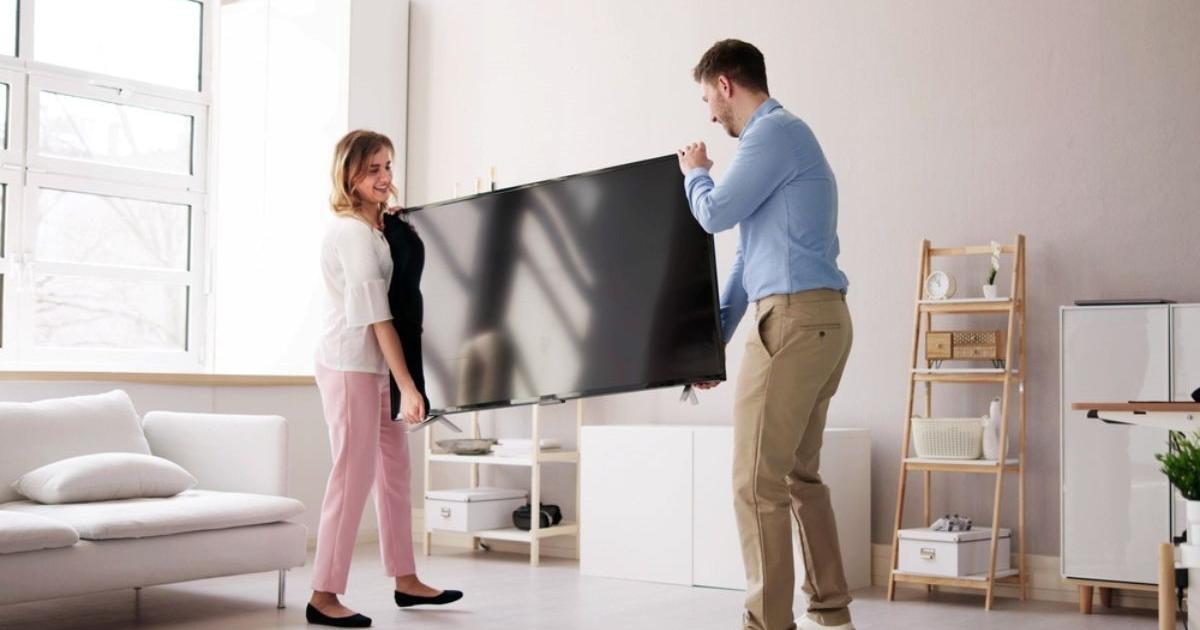The CES technology exhibition currently taking place in Las Vegas is where most TV manufacturers present their new models for the coming year, including Samsung.
The South Korean electronics giant used the exhibition to reveal the screens it will bring to market, and it also provided information about technologies it believes will be in many homes around the world in the future.
• 120 million were sold last year alone: we tested the second generation of Apple AirPods Pro
• Review: QuietComfort EarBuds 2 - the headphones that will allow you to disconnect from the environment
• Review: Xiaomi Poco M5s – an inexpensive smartphone for beginners
The company continues to promote the Micro LED technology which is supposed to be the future in the field of televisions, thanks to the ability to display huge screens, frameless design, strong lighting and a wide color scale.
Samsung plans to launch a variety of Micro LED screens in sizes ranging from 50 to 140 inches.
As you remember, Samsung entered the OLED TV category last year.
Now, it is expanding the OLED screen sizes from 55 and 65 inches to 77 inches.
These models include Quantum Dot technology, alongside Neural Quantum processors that improve screen brightness and color mapping.
Monitors have an image refresh rate of 144 Hz.
Samsung TVs, photo: PR
Between the future Micro LED screens and the OLED TVs, Samsung presented at the exhibition a new series of screens with the Neo QLED technology, which includes models with 4K and 8K resolutions, which combine the Neural Quantum processor with 14-bit processing and AI Upscaling technology, which recognizes objects in the image and improves the image quality in this way.
The processor allows the use of features such as Shape Adaptive Light Control, which comes to solve light leakage, and Real Depth Enhancer Pro (improves image depth) for more realistic images.
A new capability of those screens is Auto HDR Remastering, which uses deep learning technology based on artificial intelligence to analyze each scene, and apply real-time HDR effects to content of normal broadcast quality, so that the content should look more vivid and tangible.
Samsung and other companies also offer the option of dividing the TV screen in two, then watching two programs at the same time.
The problem is that you can only hear sound from one source.
For example, when the screen is divided into a comedy channel and a drama channel, but the sound is heard only from the comedy channel.
Samsung solved the problem by connecting two of the company's wireless headphones, so that everyone can hear the channel they are interested in.
Samsung's Neo QLED TV, photo: PR
were we wrong
We will fix it!
If you found an error in the article, we would appreciate it if you shared it with us













